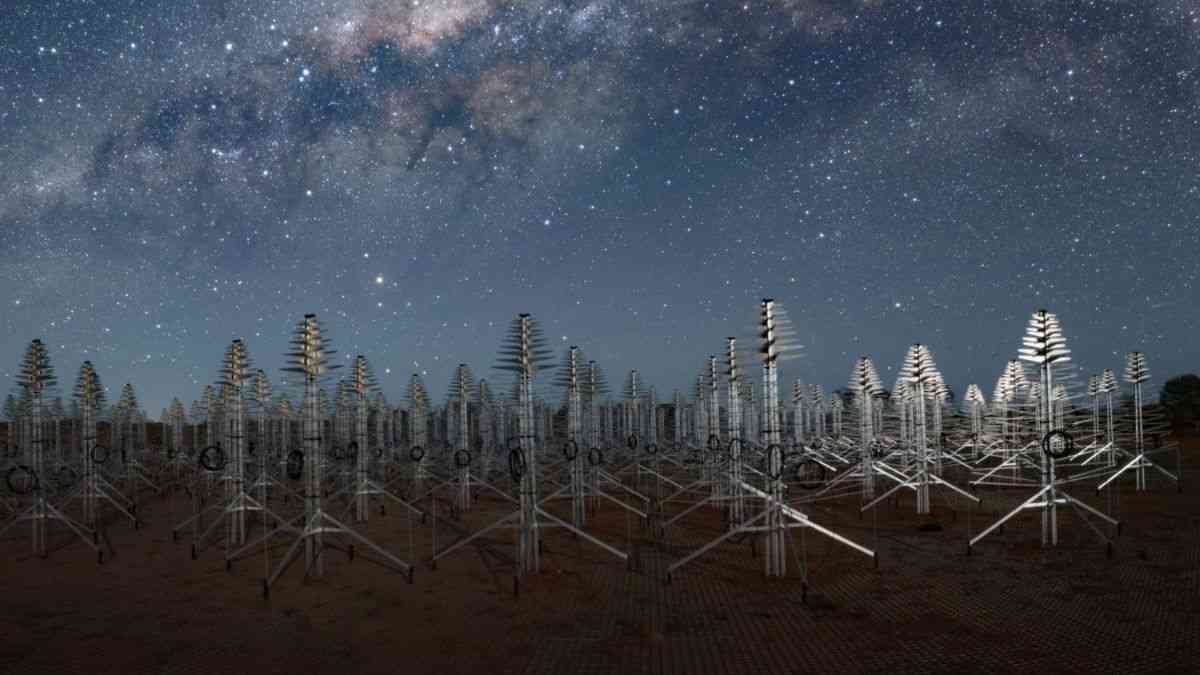Truth & Goodness
4,000 Space Mirrors Could Light Up Earth. Is It Day or Disaster?
04 December 2025

Poland has joined the SKA Observatory, the largest astronomy project today. A vast array — including Polish radio telescopes — will listen for alien signals!
At the Astronomical Observatory in Piwnice near Toruń, on 15 September 2025 an agreement was signed that could reshape Polish science for decades. Poland has joined the SKA Observatory project — the largest radio telescope in history. That is not a marketing slogan but reality: the total antenna collecting area will be just under 1 square kilometre!
For comparison, China’s FAST — currently the largest single radio telescope — has an area of only 0.2 square kilometres. The SKA network will be roughly 14 times larger and capable of capturing the faintest signals from the farthest reaches of the Universe. One of the project’s aims is to find traces of extraterrestrial civilisations. “SKAO is being built to study what our Universe is, how it formed, where it came from and how it may end,” explains Prof Krzysztof Katarzyński of Nicolaus Copernicus University (NCU) in an interview for the portal Spider’s Web. The SKA Observatory will seek answers to the most fundamental questions.
For now, SKAO consists of two main observatories — in Australia and South Africa. Why there? “Placing SKAO antennas in the Southern Hemisphere is dictated by astronomical reasons. This location provides a better view of our home Galaxy, especially its centre, which is particularly interesting because of the supermassive black hole Sagittarius A*,” says Prof Katarzyński.
In Australia, SKA Low will be built — a network of more than 130,000 wide-band antennas. In South Africa, construction continues on SKA Mid — a system of 197 dish antennas. Both sites were chosen for their low levels of radio interference.
“This is truly a unique project. The radio telescopes we are building in Australia and South Africa are one-of-a-kind — larger than any known so far. The amount of data these telescopes will receive from space is also unprecedented,” stresses Thijs Geurts, SKAO’s Director of International Relations.
Don’t miss the sky show: Night of Shooting Stars. Orionids and Draconids.
What can Polish scientists bring to this effort? More than you might think. Within SKAO, NCU’s 32-metre radio telescope — part of the European VLBI Network (EVN) — is set to play a role. “It is a medium-sized instrument, the only one of its class in Central and Eastern Europe. In future, the EVN will be able to run joint research projects with SKAO. In this way, Polish infrastructure will be involved in SKAO’s scientific projects,” says Prof Katarzyński.
The Polish SKA Observatory Consortium includes Nicolaus Copernicus University (coordinator), the University of Warsaw, Jagiellonian University, the PAS Astronomical Centre, the National Centre for Nuclear Research, the University of Warmia and Mazury in Olsztyn, the University of Szczecin and the University of Zielona Góra.
Read this article in Polish: Naukowcy z Torunia będą szukać cywilizacji pozaziemskich